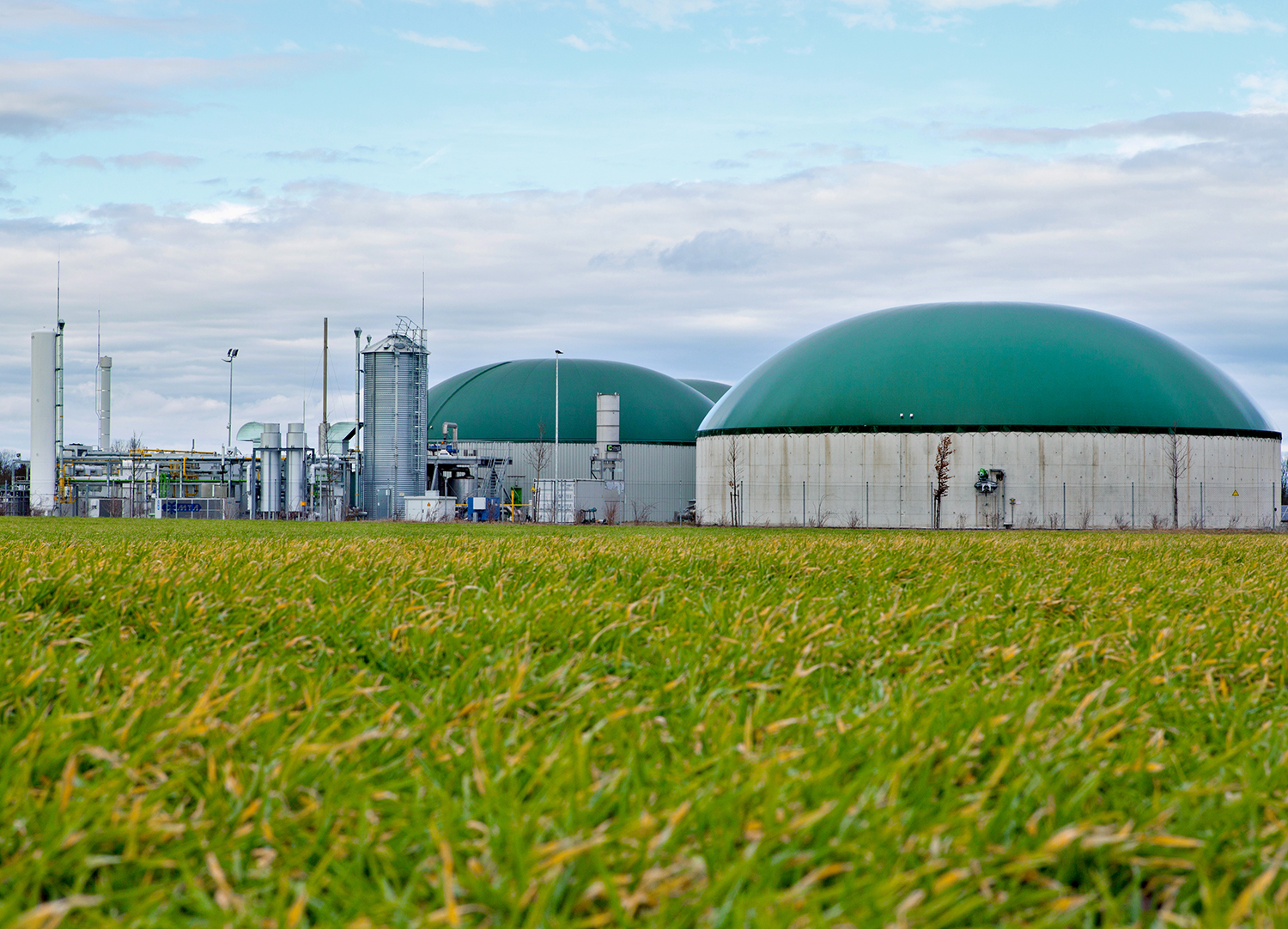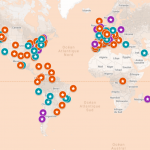Datafarm: low-carbon energy for data centers
The start-up Datafarm proposes an energy solution for low-carbon digital technology. Within a circular economy system, it powers data centers with energy produced through methanization, by installing them directly on cattle farms.
When you hear about clean energy, cow dung probably isn’t the first thing that comes to mind. But think again! The start-up Datafarm, incubated at IMT Starter, has placed its bets on setting up facilities on farms to power its data centers through methanization. This process generates energy from the breaking down of animal or plant biomass by microorganisms under controlled conditions. Its main advantages are that it makes it possible to recover waste and lower greenhouse emissions by offering an alternative to fossil fuels. The result is a green energy in the form of biogas.
Waste as a source of energy
Datafarm’s IT infrastructures are installed on cattle farms that carry out methanization. About a hundred cows can fuel a 500kW biogas plant, which is the equivalent of 30 tons of waste per day (cow dung, waste from milk, plants etc.). This technique generates a gas, methane, of which 40% is converted into electricity by turbines and 60% into heat. Going beyond the state of the art, Datafarm has developed a process to convert the energy produced through methanization…into cold! This helps respond to the problem of cooling data centers. “Our system allows us to reduce the proportion of electricity needed to cool infrastructures to 8%, whereas 20 to 50% is usually required,” explains Stéphane Petibon, the founder of the start-up.
The heat output produced by the data centers is then recovered in an on-site heating system. This allows farmers to dry hay to feed their livestock or produce cheese. Lastly, farms no longer need fertilizer from outside sources since the residue from the methanization process can be used to fertilize the fields. Datafarm therefore operates within a circular economy and self-sufficient energy system for the farm and the data center.
A service to help companies reduce carbon emissions
A mid-sized biogas plant (500 kW) fueling the start-up’s data centers reduces CO2 emissions by 12,000 tons a year – the equivalent of the annual emissions of 1,000 French people. “Our goal is to offer a service for low-carbon, or even negative-carbon, data centers and to therefore offset the greenhouse gas emissions of the customers who host their data with us,” says Stéphane Petibon.
Every four years, companies with over 500 employees (approximately 2,400 in France) are required to publish their carbon footprint, which is used to assess their CO2 emissions as part of the national environmental strategy to reduce the impact of companies. The question, therefore, is no longer whether they need to reduce their carbon footprint, but how to do so. As such, the start-up provides an ecological and environmental argument for companies who need to decarbonize their operations. “Our solution makes it possible to reduce carbon dioxide emissions by 20 to 30 % through an IT service for which companies’ needs grow every year,” says Stéphane Petibon.
The services offered by Datafarm range from data storage to processing. In order to respond to a majority of the customers’ demand for server colocation, the start-up has designed its infrastructures as ready-to-use modules inserted into containers hosted at farms. An agile approach that allows them to build their infrastructures based on customers’ needs and prior to installation. The data is backed up at another center powered by green energy near Amsterdam (Netherlands).
Innovations on the horizon
The two main selection criteria for farms are the power of their methanization and their proximity to a fiber network . “The French regions have already installed fiber networks in a significant portion of territories, but these networks have been neglected and are inoperative. To activate them, we’re working with the telecom operators who cover France,” explains Stéphane Petibon. The first two infrastructures, in Arzal in Brittany and in Saint-Omer in the Nord department, meet all the criteria and will be put into use in September and December 2020 respectively. The start-up plans to host up to 80 customers per infrastructure and plans to have installed seven infrastructures throughout France by the end of 2021.
To achieve this goal, the start-up is conducting research and development on network redundancy issues to ensure service continuity in the event of a failure. It is also working on developing an energy storage technique that is more environmentally-friendly than the batteries used by the data centers. The methanization reaction can also generate hydrogen, which the start-up plans to store to be used as a backup power supply for its infrastructures. In addition to the small units, Datafarm is working with a cooperative of five farmers to design an infrastructure that will have a much larger hosting and surface capacity than its current products.
Anaïs Culot.
[box type=”info” align=”” class=”” width=””]This article was published as part of Fondation Mines-Télécom’s 2020 brochure series dedicated to sustainable digital technology and the impact of digital technology on the environment. Through a brochure, conference-debates, and events to promote science in conjunction with IMT, this series explores the uncertainties and challenges of the digital and environmental transitions.[/box]





Leave a Reply
Want to join the discussion?Feel free to contribute!